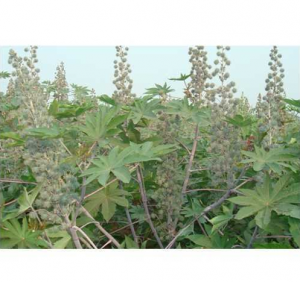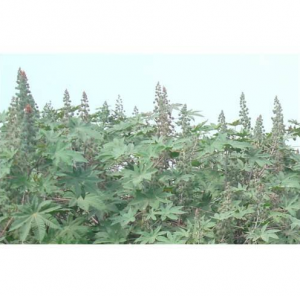The following are a list of Indian brown hybrid Castor seeds varieties that are tested and are recommended for farmers in sub Saharan Africa.
Maharaja:
Red stem, Capsule semi-spiny, Double bloom, Long medium thick spikes, bold seed, 12-15 productive branches, high resistance to wilt diseases, insect attack less, very high seed yield, maturity of first spike 105-110 days, Total duration 210-220 days, 49.5% oil content.
Raja – 5:
Stem colour red, capsules spiny, double bloom, long compact spikes, bold and heavy seeds, 14-16 effective branches, tolerant to wilt diseases, tolerant to sucking pests, seed yield very high, maturity of first spike 110-115 days, total duration 220-225 days. 48. 4 % oil content.
Biogene – 5:
Red stem with double bloom, spiny capsules, long and compact spikes, high branches, medium size seeds, resistant to wilt, tolerant to sucking pests, high seed yield, maturity of first spike 100-105 days, total duration of crop 195-200 days, 49. 0 % oil content.
Biogene – 3:
Mahogany stem with triple bloom trait, spiny capsules, long compact to semi-compact spikes, resistance to wilt, tolerant to sucking pest, bold seeds, maturity of first spike 100-105 days, total duration 205-210 days, 48.6% oil content.
Biogene – 9:
Green stem, triple bloom, spiny capsules, 8-10 productive branches, long thick spikes, bold seeds, high resistance to wilt, tolerant to sucking pests, maturity of first spike 95-100 days, total duration 180-190 days, 48.7% oil content.
Contact Mr. Chiegeonu Aga
+2349038483338





Comments
Post a Comment